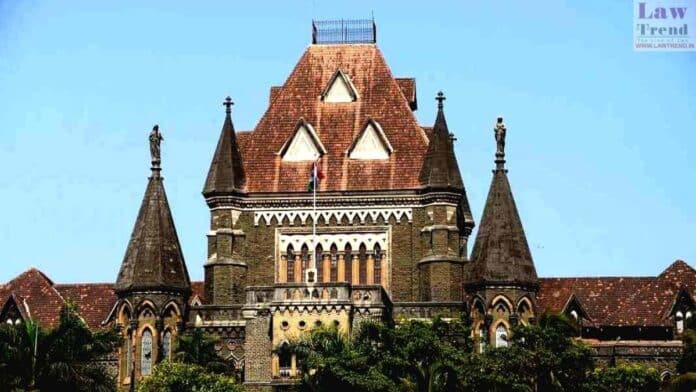The Bombay High Court on Monday dismissed a 17-year-old public interest litigation (PIL) challenging the construction of a 15-storey building within the Gamdevi heritage precinct in Malabar Hill, upholding the validity of the amended Development Control Regulations (DCR), 1991.
A division bench comprising Chief Justice Alok Aradhe and Justice Sandeep V Marne ruled that the redevelopment of the cessed building ‘Saraswati House’—located in the architecturally significant Gamdevi area—was legally permissible under the provisions of the DCR, particularly after the 1999 amendment to Regulation 67.
The petition, filed in 2007 by the Gamdevi Residents’ Association, objected to the scale of redevelopment, alleging that the high-rise structure compromised the historic character of the area, which also houses the iconic Mani Bhavan—Mahatma Gandhi’s former residence during his visits to Bombay between 1917 and 1934.
The core contention of the petitioners was that the redevelopment of Saraswati House—originally a ground-plus-two-storey building—into a basement, stilt, and 15-storey structure violated heritage norms. They alleged that the municipal executive engineer falsely certified the number of original residential units as six instead of three to obtain higher Floor Space Index (FSI) without the mandatory approval from the Heritage Conservation Committee (HCC).
Arguing for the petitioners, senior advocate Zubin Behramkamdin contended that Regulation 67(7) of the DCR prohibits high-rises in heritage precincts unless specifically permitted by the municipal commissioner on the advice of the HCC. He claimed that such clearance had not been obtained and that the new structure distorted the skyline and heritage value of the precinct.
In response, advocate Oorja Dhond, appearing for the Municipal Corporation of Greater Mumbai (MCGM), argued that the Gamdevi Precinct was classified as a Grade-III heritage precinct. Under the amended Regulation 67, redevelopment exceeding 24 meters in height could be permitted with the special approval of the municipal commissioner. She further stated that HCC’s input was sought, and it opined that a no-objection certificate from the committee was not required in this case. “All permissions have been issued strictly in conformity with the DCR, and there is no illegality,” she submitted.
Accepting the MCGM’s position, the court concluded that the construction adhered to the legal framework, particularly noting the 1999 amendment that allowed for redevelopment in Grade-III heritage areas with requisite approvals.




